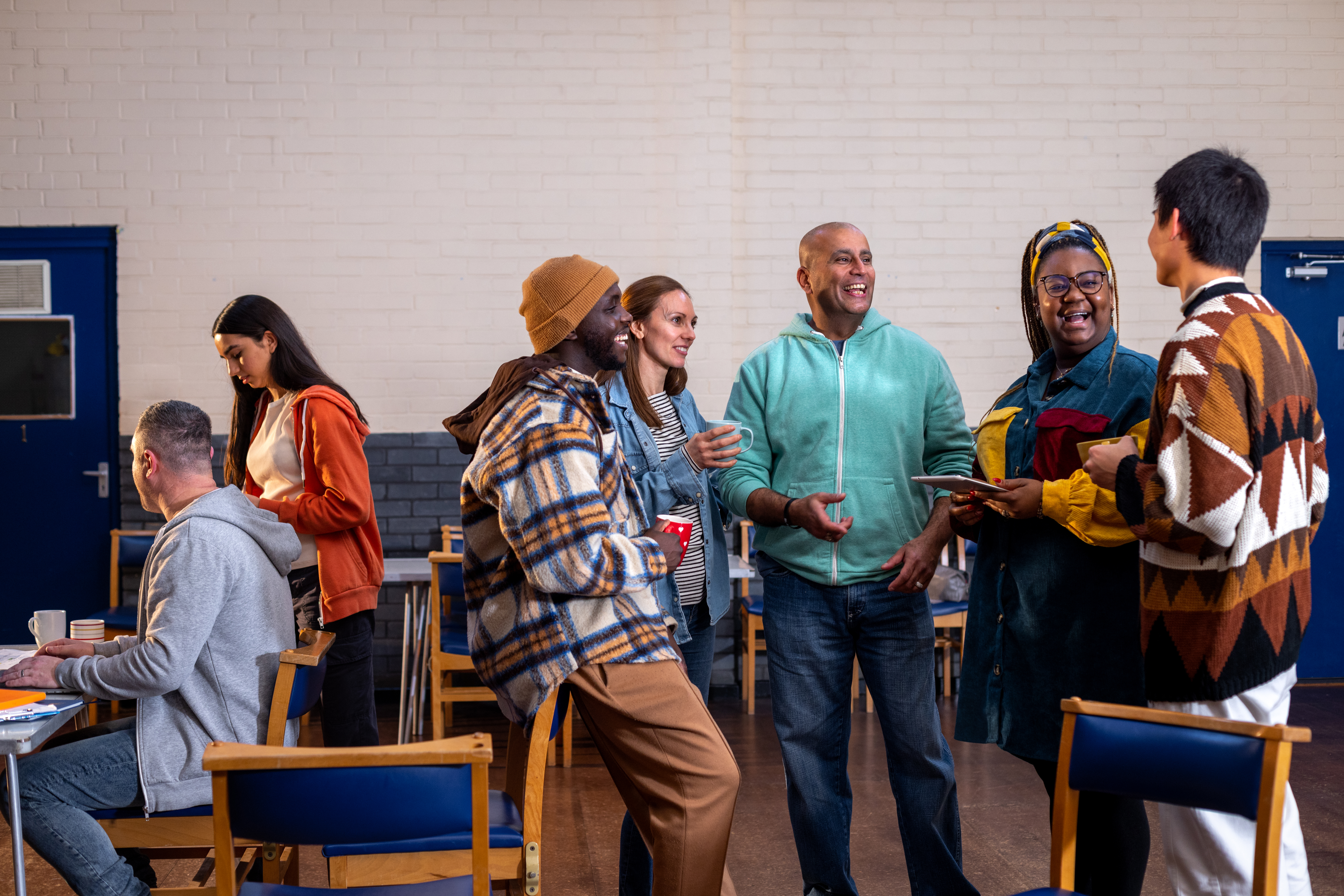“There is much work to do to end childhood obesity and our job is far from done. But I am optimistic about our chances to see this work through and extend the gains we have seen to date. I am optimistic because we have everyone we need — researchers, advocates, funders, policymakers, health care providers, all of you — here in this room, ready to build the kind of collective impact that will change the face of this epidemic.”
~ Loel Solomon, vice president for community health, Kaiser Permanente
Those were the sentiments that were shared this week at the opening plenary of the 2015 Biennial Childhood Obesity Conference. And they rightly summarize the state of efforts to address a health issue that continues to take a toll on the young people of this country and across the globe. While gains have been made, the prevailing takeaways have driven home the message more deeply than ever that “it takes a village to raise a child” and certainly to raise a healthy, vibrant child who can access their full potential as a human being.
Childhood obesity is no longer seen as an isolated health issue indicative of a child or family’s personal choices and behaviors. Nor is it viewed as a disease linked to just a few systemic issues like a safe environment to be physically active or access to healthy food.
Today, childhood obesity and many chronic health issues are understood as fundamentally connected to a wider array of factors that impact the health of children – factors such as access to affordable health care insurance, social and emotional well-being, transportation, air quality and land use, access to jobs, the impacts of toxic stress, finances, racial inequality and more. These and many other social determinants of health create the dynamics “upstream” from diseases like childhood obesity that influence entire health of individuals and of communities.
As the influence of these upstream factors on health comes into greater focus, the phrase that is often touted as a solution is that of “collective impact.” It conveys a sense that the health challenges that we face cannot be solved by one organization, one agency or even one sector. They require a collective effort of organizations working together to turn the tide of our most pressing societal problems that work together to impact health.
FSG and the Aspen Institute have joined forces with a number of other organizations to create the Collective Impact Forum to help expand the understanding of collective impact and how it can be systematically used to address a variety of community issues. The Forum lists 5 main steps for achieving social change that are at the heart of a collective impact approach:
- Common agenda – collectively defining the problem and creating a shared vision to achieve it.
- Shared measurement – agreeing upon a shared set of goals and means to track progress to measure improvement.
- Mutually reinforcing activities – coordinating efforts collectively to have maximum results.
- Continuous communication – building relationships among partners and continuously sharing knowledge through those connections.
- Strong backbone – having a dedicated team that is responsible for orchestrating the work of the entire collective.
Clearly, an epidemic as complex and multi-faceted as childhood obesity can only be overcome if we address it from multiple angles and with multiple forms of expertise.
It’s worth exploring some of the resources and information on the Collective Impact Forum’s website and that of FSG to learn more about how you can plug into or perhaps even begin to coalesce efforts in your communities and schools to address childhood obesity. And here’s to indeed turning the tide of this health crisis that is plaguing our children. May our joint efforts echo the sentiments expressed above so that our children can grow up to live, work, play and learn in communities that support health, happiness and prosperity.
Follow the conversation on childhood obesity from the 2015 Biennial Childhood Obesity Conference on Twitter at #coc15.


